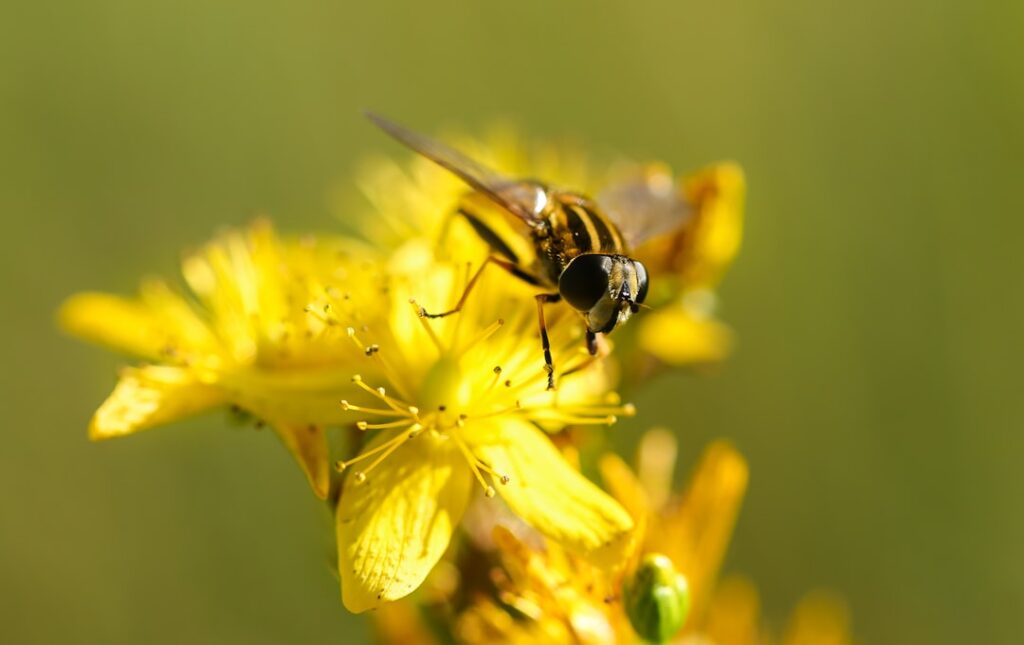Inner peace is a state of tranquility and harmony within oneself, regardless of external circumstances. It is the ability to remain calm and centered, even in the midst of chaos and uncertainty. Inner peace is important because it has a profound impact on our overall well-being. When we are at peace within ourselves, we are better able to cope with the challenges and stressors of life. It allows us to approach situations with clarity and perspective, rather than being consumed by negative emotions and reactions. Inner peace also fosters a sense of contentment and fulfillment, as we are able to appreciate the present moment and find joy in the simple things in life.
Achieving inner peace requires self-awareness, self-acceptance, and a willingness to let go of attachments and expectations. It involves cultivating a positive mindset, practicing mindfulness, and nurturing our physical, emotional, and spiritual well-being. Inner peace is not a destination to reach, but rather a journey to embark on, with the understanding that it is an ongoing practice that requires commitment and effort. By prioritizing inner peace, we can experience greater resilience, emotional stability, and a deeper sense of purpose and meaning in our lives.
Key Takeaways
- Inner peace is a state of calm and contentment that is essential for overall well-being and happiness.
- Sources of stress and discontentment can come from various aspects of life, such as work, relationships, and personal expectations.
- Mindfulness and meditation are powerful tools for achieving inner peace by helping to quiet the mind and focus on the present moment.
- Cultivating gratitude and positive thinking can shift your perspective and help you find peace and joy in everyday life.
- Self-care and healthy habits, such as exercise, proper nutrition, and adequate rest, are crucial for nurturing your body and mind and promoting inner peace.
Identifying Sources of Stress and Discontentment in Your Life
In order to cultivate inner peace, it is important to identify the sources of stress and discontentment in our lives. This may include external factors such as work, relationships, or financial pressures, as well as internal factors such as negative thought patterns, self-doubt, or unresolved emotions. By recognizing these sources of distress, we can begin to address them and make positive changes to improve our overall well-being.
It is also important to examine our habits and lifestyle choices that may be contributing to our feelings of unease or dissatisfaction. This could include unhealthy eating habits, lack of exercise, or excessive use of technology and social media. By taking an honest inventory of our lives, we can gain insight into the areas that may be hindering our ability to experience inner peace. This self-reflection allows us to take proactive steps towards creating a more balanced and fulfilling life.
Practicing Mindfulness and Meditation for Inner Peace
Mindfulness and meditation are powerful tools for cultivating inner peace. Mindfulness involves being fully present in the moment, without judgment or attachment to thoughts or emotions. It allows us to observe our experiences with clarity and openness, which can help reduce stress and anxiety. Meditation is a practice that involves training the mind to focus and quiet the chatter of our thoughts. It can help us develop a greater sense of calm and inner stillness, as well as improve our ability to manage challenging emotions.
By incorporating mindfulness and meditation into our daily routine, we can develop a greater sense of self-awareness and emotional regulation. These practices can also help us cultivate a deeper connection to ourselves and the world around us, fostering a greater sense of inner peace and well-being. Whether it’s through formal meditation sessions or simply taking moments throughout the day to pause and breathe, mindfulness and meditation can be transformative in our journey towards inner peace.
Cultivating Gratitude and Positive Thinking
| Metrics | Results |
|---|---|
| Number of gratitude journal entries | 100 |
| Positive thinking score (out of 10) | 8 |
| Percentage of participants reporting increased happiness | 85% |
Cultivating gratitude and positive thinking is essential for nurturing inner peace. Gratitude involves acknowledging and appreciating the good things in our lives, no matter how small. It allows us to shift our focus from what is lacking to what is abundant, which can have a profound impact on our overall outlook and well-being. Positive thinking involves consciously choosing to focus on the good in any given situation, rather than dwelling on the negative aspects.
By practicing gratitude and positive thinking, we can reframe our perspective and cultivate a greater sense of optimism and contentment. This can help reduce stress and anxiety, as well as improve our overall mental and emotional well-being. By incorporating gratitude practices such as keeping a gratitude journal or expressing appreciation to others, we can train our minds to notice the positive aspects of life, leading to a greater sense of inner peace.
Nurturing Your Body and Mind Through Self-Care and Healthy Habits
Nurturing our body and mind through self-care and healthy habits is essential for cultivating inner peace. This includes prioritizing activities that promote physical health, such as regular exercise, proper nutrition, and adequate rest. It also involves engaging in activities that promote mental and emotional well-being, such as spending time in nature, engaging in hobbies, or seeking out social support.
By taking care of our physical and emotional needs, we can create a strong foundation for inner peace to flourish. This may involve setting boundaries with work or social commitments, practicing relaxation techniques such as yoga or deep breathing exercises, or seeking professional help when needed. By making self-care a priority, we can improve our overall well-being and create space for inner peace to thrive.
Letting Go of Control and Embracing Acceptance

Letting go of control and embracing acceptance is crucial for cultivating inner peace. Often, our desire for control over external circumstances or other people can lead to feelings of frustration, anxiety, or disappointment when things don’t go as planned. By learning to let go of attachment to outcomes and embracing acceptance of what is, we can experience greater peace and contentment.
This involves practicing surrendering to the present moment, letting go of resistance to what is beyond our control, and trusting in the natural flow of life. It also involves cultivating a greater sense of self-compassion and forgiveness towards ourselves and others. By releasing the need for control and embracing acceptance, we can experience greater freedom from stress and find greater ease in navigating life’s challenges.
Finding Support and Guidance on Your Inner Peace Journey
Finding support and guidance on your inner peace journey is essential for staying committed to your path. This may involve seeking out mentors, therapists, or spiritual teachers who can offer wisdom and insight into cultivating inner peace. It may also involve connecting with like-minded individuals who are also on a similar journey towards greater well-being.
By surrounding yourself with supportive individuals who understand the importance of inner peace, you can gain encouragement and inspiration to continue your practice. This may involve joining support groups, attending workshops or retreats, or simply engaging in meaningful conversations with others who share similar values. By finding support and guidance on your inner peace journey, you can stay motivated and committed to creating a more peaceful and fulfilling life.
In conclusion, cultivating inner peace is a transformative journey that requires dedication, self-awareness, and a willingness to make positive changes in our lives. By understanding the importance of inner peace and identifying sources of stress and discontentment, we can begin to practice mindfulness and meditation, cultivate gratitude and positive thinking, nurture our body and mind through self-care and healthy habits, let go of control and embrace acceptance, and find support and guidance on our journey towards greater well-being. Through these practices, we can experience greater resilience, emotional stability, and a deeper sense of purpose and meaning in our lives.
Check out this related article on hair care tips and tricks from Dawn Bradley Hair. Whether you’re looking for advice on maintaining healthy hair or styling tips, this article has got you covered. With expert insights and practical advice, you’ll be able to achieve the luscious locks you’ve always wanted. Learn more here and take your hair care routine to the next level.
FAQs
What are angelinas?
Angelinas are a type of small, sweet orange fruit that is similar to a tangerine. They are often referred to as “baby tangerines” due to their size and flavor.
Where are angelinas grown?
Angelinas are primarily grown in California, particularly in the San Joaquin Valley. They thrive in the warm, sunny climate of the region.
What do angelinas taste like?
Angelinas have a sweet and tangy flavor, similar to tangerines. They are known for being juicy and easy to peel, making them a popular snack for both children and adults.
How do you eat angelinas?
Angelinas can be eaten fresh as a snack, added to fruit salads, or used in recipes for desserts, jams, and sauces. They are often enjoyed on their own, peeled and eaten as a quick and healthy snack.
Are angelinas nutritious?
Yes, angelinas are a good source of vitamin C, fiber, and antioxidants. They are low in calories and fat, making them a healthy choice for a snack or addition to meals.


